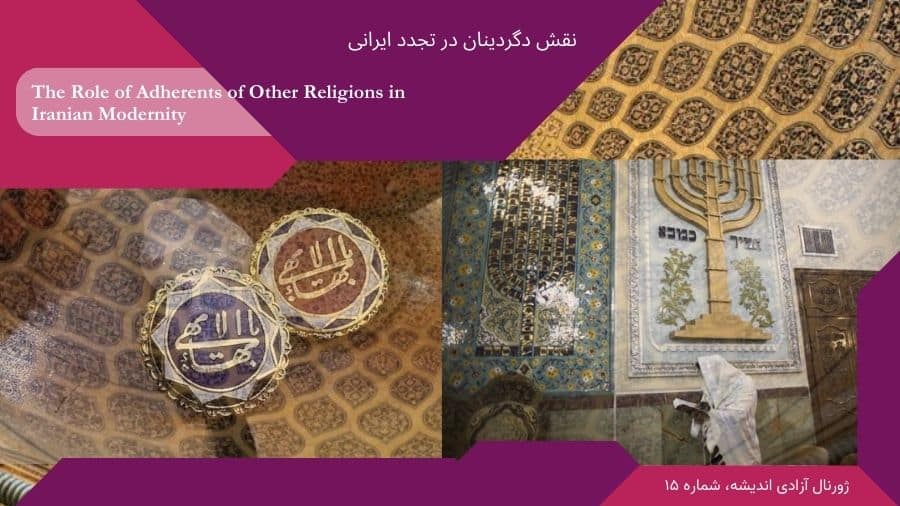Throughout centuries, Iran has nurtured a variety of ethnicities, religions, sects, and belief systems. Its cultural diversity has contributed to a distinct social dynamism. Nevertheless, central governments did not generally tolerate the independence of ethnic groups and tribes, and conformist religious leaders have often discriminated against non-Muslims and suppressed dissenters.
In the modern era, a positivist Western discourse, mixed with a homogenizing nationalist ideology, and later an authoritarian Islamism, has threatened Iran’s cultural diversity. This article aims to show that dissidents and non-believers, despite being marginalized and overlooked, have played a significant role in various spheres of Iran’s society and culture.


